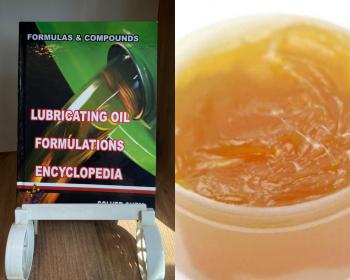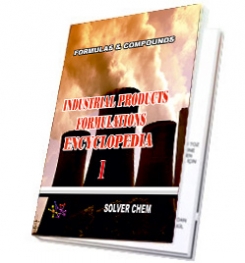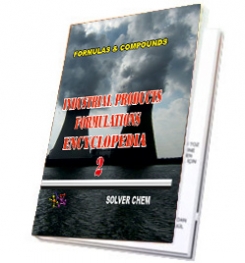
Grease sampling is becoming more common for organizations looking to enhance their reliability programs. However, in many cases, grease analysis is performed only after damage or a breakdown has occurred. Trend analysis of grease samples has proven that early detection of grease or bearing failure can be caught well in advance with a good analysis program.
Before corrective actions can be taken, you must know what you are looking for and what tests need to be performed to obtain the necessary information. Alarm limits must be set to monitor the health of your grease and the well-being of your bearings. By looking at these results, you often can detect the root cause of a premature bearing failure, permitting appropriate corrective action to be taken.
The image on the right shows a large concentration of abrasive silica in grease, suggesting contamination from an external source (dirt from outside the bearing). In the image below, severe cutting wear indicates the source of grease contamination is coming from inside the bearing. Surfaces within the bearing are coming in contact with each other, which is tearing it apart.
Further testing of the grease could help identify the root cause of the bearing failures. If the test results for viscosity and additive health are below the acceptable limits for the bearing, this may reveal that the remaining useful life of the grease was depleted and that the grease should have been changed much earlier.
Limits for grease in service should be set to establish what is normal, abnormal and critical for the machines. These limits can be determined by the standard deviation average, taking grease samples from the same types of components at the same time (intervals). From these repeatable results (averages), you can identify what is normal for the components. You can then decide what is outside of normal by using the standard deviation average.
For normal samples, the average of all normal data is added to the standard deviation of all normal data. These samples are considered "normal."
Abnormal samples are two times the standard deviation of all normal samples plus the average. These samples are considered "alert."
Critical samples are three times the standard deviation of all normal samples plus the average. These samples are considered "alarm."
As with regular oils, the oil in the grease is the component doing the work (carrying the load), so it is essential that the following grease properties are also checked: viscosity of the oil in the grease (ASTM D445), the remaining useful life of the additives (ASTM D5483), the moisture level (ASTM D6304 or D6304), wear debris and particle count (ASTM D7690), dropping point (ASTM D566-02), and consistency (ASTM D1092).
complex grease oils
LUBRICATING OIL
FORMULATIONS
ENCYCLOPEDİA
is enough.
LUBRICATING OIL FORMULATION ENCYCLOPEDIA has many formulations of greases, complex grease, lithium grease production,sodium greases formula, formulation,multigrade engine oils manufacturing process,motor oils making, gear oil production, synthetic engine oils,semi synthetic motor oils,gasoline oils,diesel oils production process,composition of turbine oils,transmission oil manufacturing, production of cycle motor engine, tractor oils,mineral based motor engine production,heat transfer oils, slideway oils formulation, formulations, cutting oils formula,formulas grinding oils,mould oils manufacturing process and etc.
All lubricating oils in the encyclopedia are producible easily.You need no help and no technıcal support. The encyclopedia is enough to produce lubricating oils and engine oils itself.
LUBRICATING OIL
FORMULATIONS
ENCYCLOPEDIA
is written clear and understandable.


HARD BOOK E BOOK
RELATED TAGS: What is complex grease,making sodium complex grease oil, lubrication oils,lubricating oils,how to make lithium complex grease, calcium complex greases production process,where to use grease, using of grease,aluminum complex grease making, composition of complex greases, properties of grease,preparation of greases,compounds of greases, barium complex grease making, analysis of greases,why to use grease, types of grease,content of complex greases, formulation of complex greases, make complex grease,how to use complex grease, high performance complex grease oil making,sodium complex grease msds, specification of lithium grease,technical analyzes of greases,mineral oil based grease making,make synthetic oil based grease oils, production of lubricating greases,what is industrial grease,industrial grease composition,compounds of industrial greases, grease lubrication.
SOLVERCHEM PUBLICATIONS

|
|

|
|

|
|
